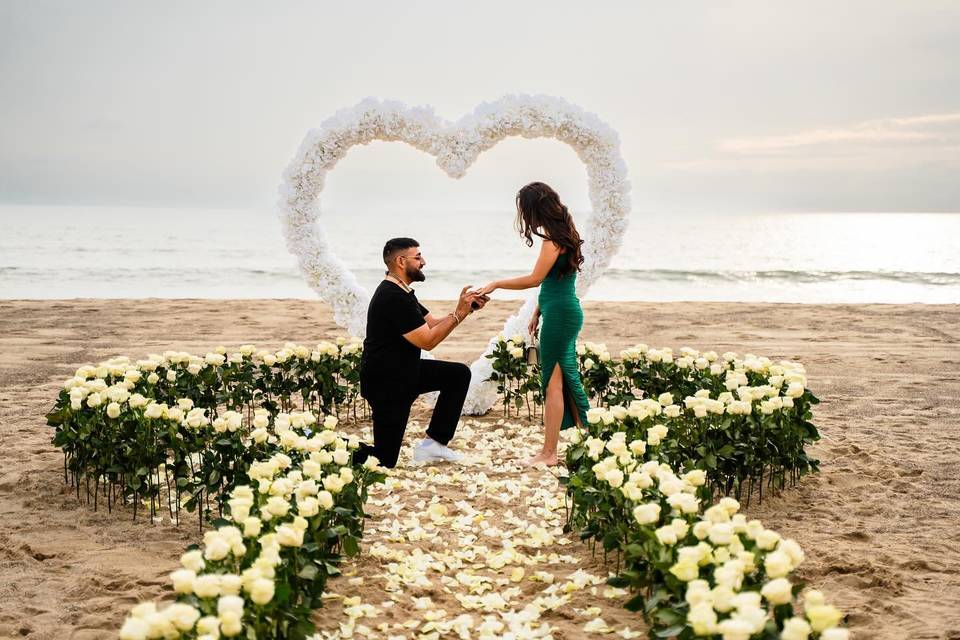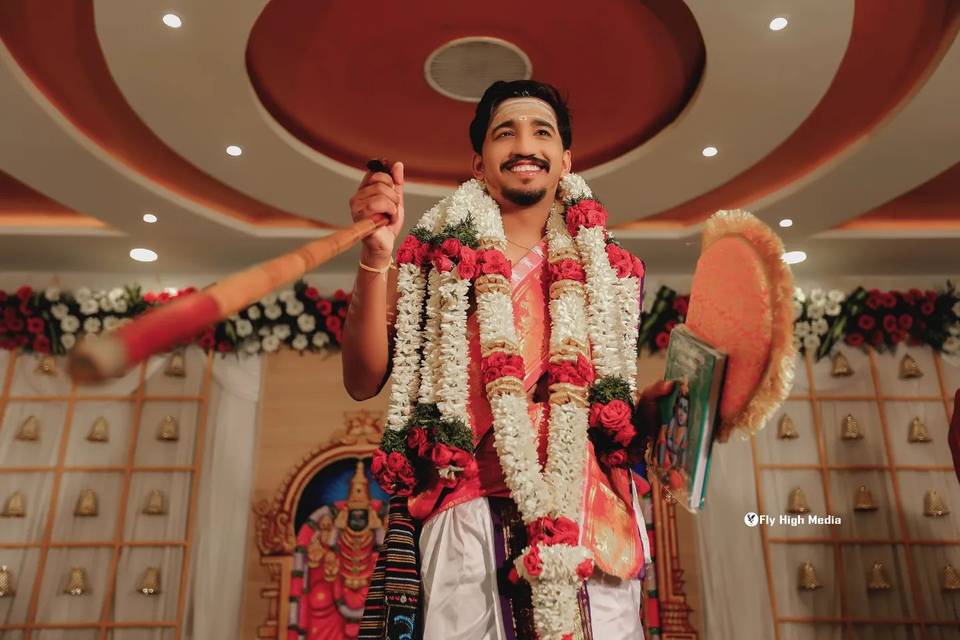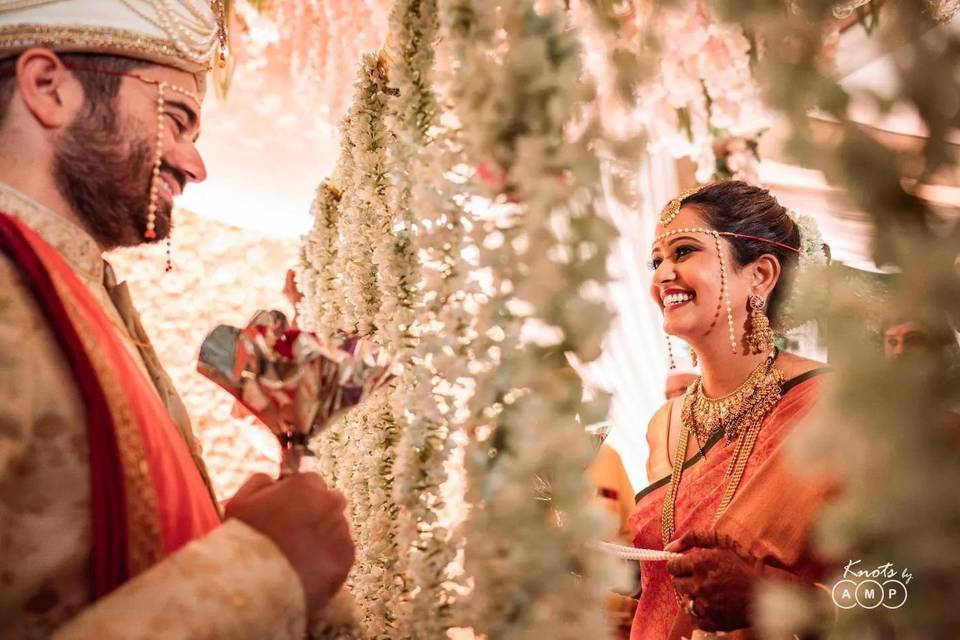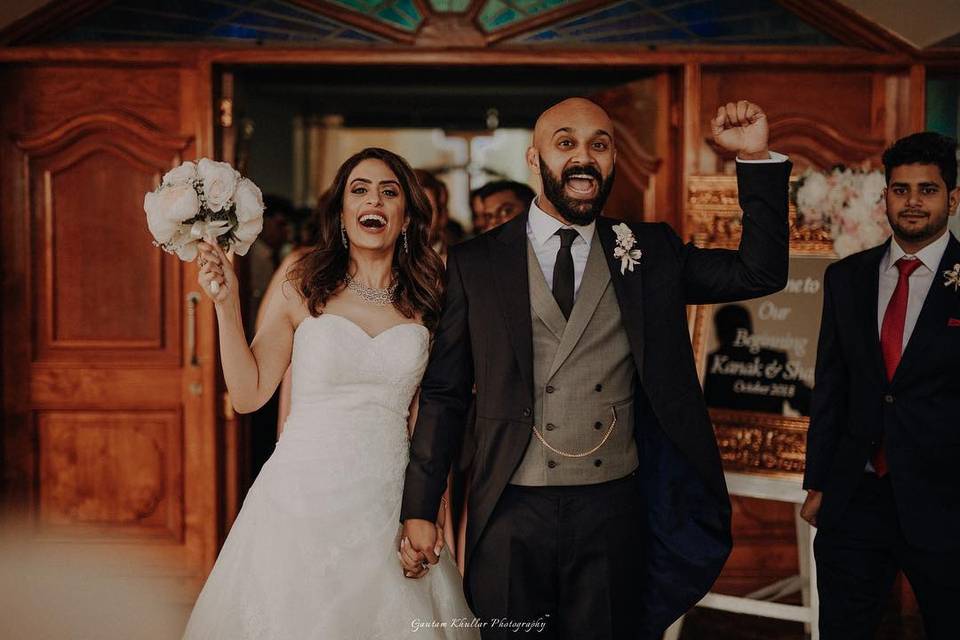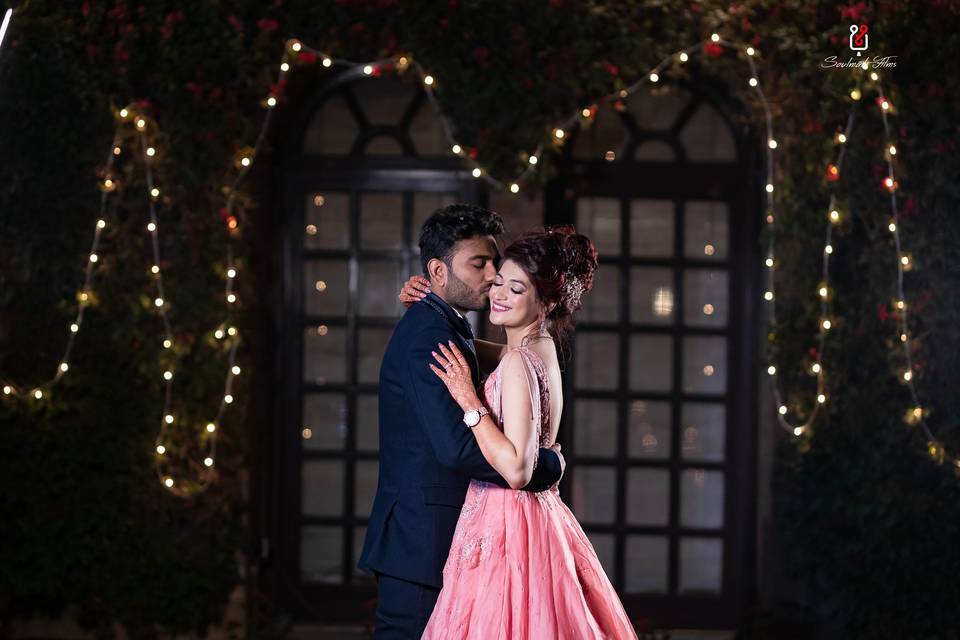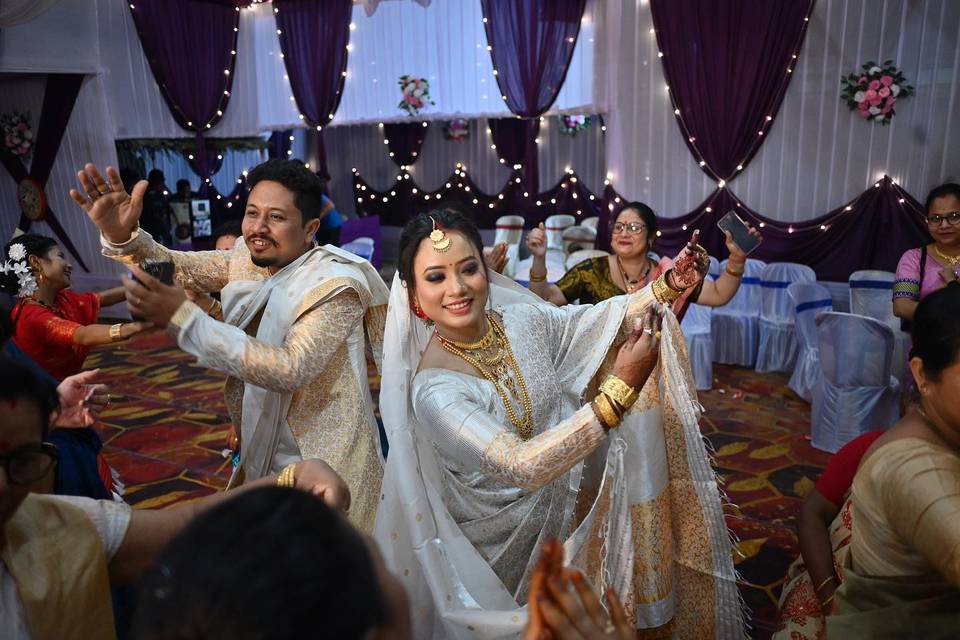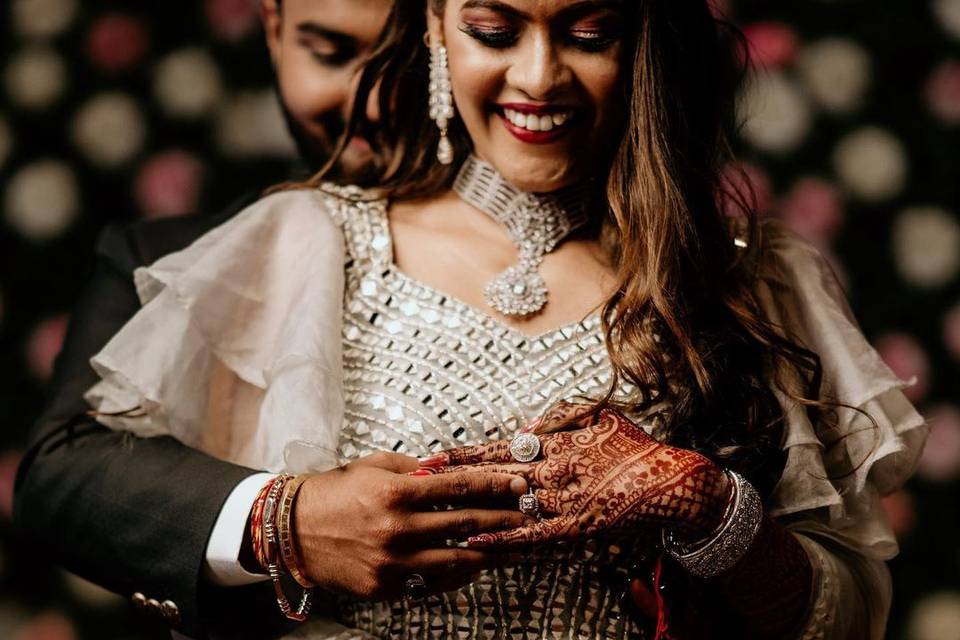The Complete Puja Samagri Guide – When Will You Use It, Who Will Buy It, And What Does It Do?
Most wedding ceremonies last for around a few days, and on the day of the wedding, the Puja Samagri is used to protect the married couple from the evil eye. Let’s know more about the Puja Samagri in weddings.

Weddings are often associated with the grand ceremonies and fanfare, however, one of the most crucial parts of a wedding ceremony is the prayer itself. While the guests mill about and enjoy themselves, the bride and groom sit at the mandap along with their family, engaged in a long prayer. The prayer takes the form of a Havan, which means that there is a burning fire in the Havan Kund, and the couple and pandit occasionally throw in puja samagri to deflect the evil eye.
While the puja samagri may differ from culture to culture, it certainly is a non-negotiable part of the prayers. So, if you are in the process of planning your wedding, it is time to find out a bit more about what you can expect during your wedding ceremony, as well as the true importance of the samagri used during the Havan. Keep reading to know more about traditional marriages and rituals!
1. The Concept of Marriage in Hinduism

Marriages and weddings are considered very sacred in the Hindu religion as they completely change your life the minute you enter into holy matrimony. While getting married, there are a number of religious rituals that families must take part in during the pre-wedding, wedding and post-wedding ceremonies. These rituals have been added to Hindu Brahmin weddings in order to seek divine blessings for the lucky couple so that they can start their new life together with love and happiness. It’s very important that these rituals are followed according to the laid down Hindu traditions!
Such traditions include a number of pujas that take place during these wedding ceremonies and a lot of puja samagri is required for these prayers. Every item of the puja samagri list has its own relevance and should be provided in the given quantity.
2. Puja Samagri for Weddings
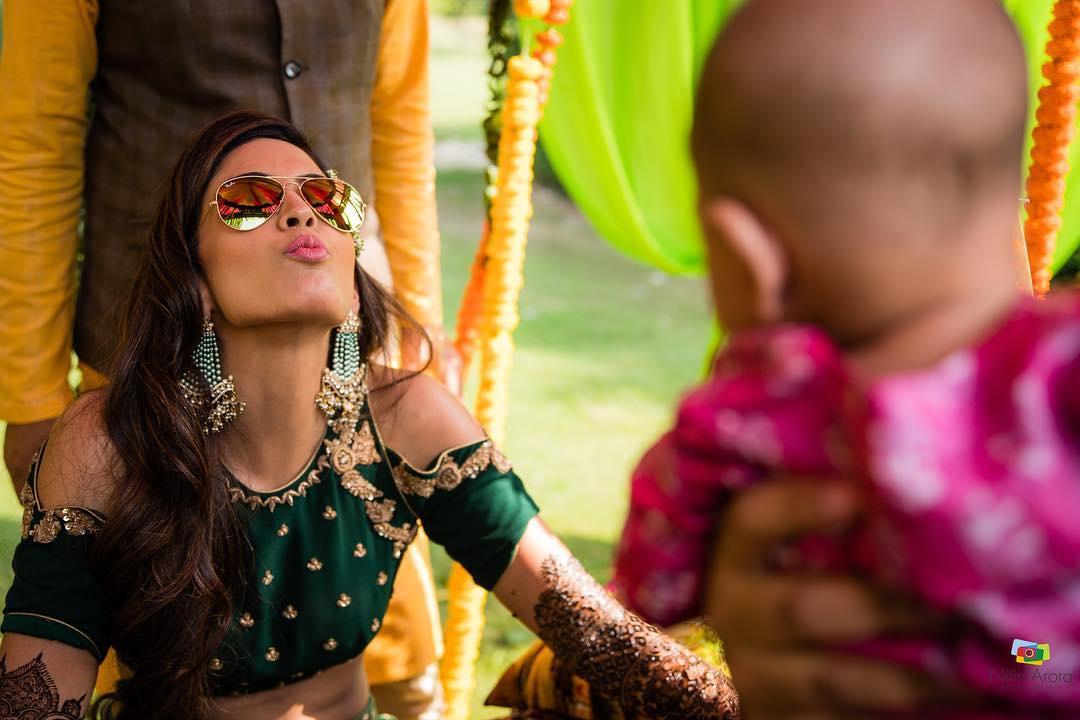
When you speak to your pandit about your upcoming wedding ceremony, he will inform you about all the things that you must get in order for the prayers to happen properly. There is a particular list of Puja Samagri which is required as well and you can find them at any store that sells religious items. The following are some of the samagri items that you may have to buy:
- Hawan Samagri packet
- Puja Samagri packet
- Supari or whole betel nuts
- A small pack of cotton
- Incense sticks
- Rice
- Mauli, a red thread which is considered to be sacred in the Hindu religion
- Milk, ghee, yoghurt, sugar and honey
- Flowers
- Prasad, consisting of sweets
- Betel leaves
- A piece of coconut
- A small roll of aluminium foil
- 5 yards of red cloth
- A small idol or picture of God for the puja
- Utensils including, plates, bowls, spoon, lota and glass
- Garlands
- One red and one yellow coloured chunni
- Mangal Sutra
- Silver coin
- Sindoor
- Puffed rice
3. Does the Pandit buy the samagri?
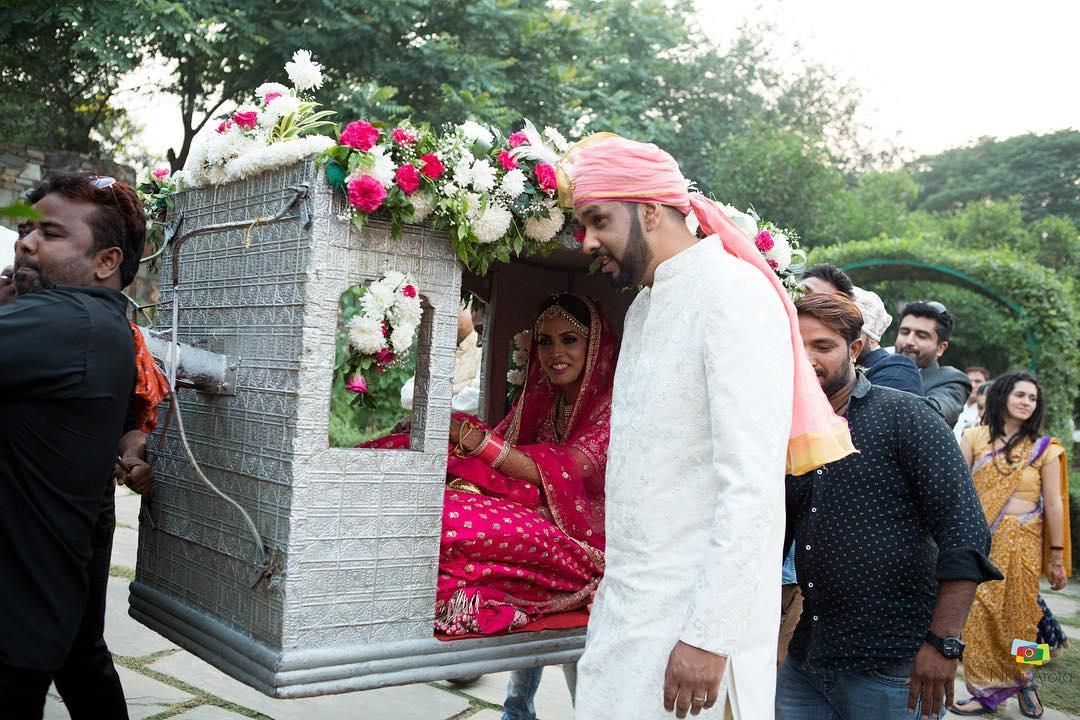
This actually depends on the pandit in question! In a general sense, the priest in the Hindu Weddings is responsible for making the arrangements of the Puja Samagri as he is the one who would be conducting the rituals for the marriage. As he is the expert and knows exactly what goes into the puja ritual, he takes his time and carefully arranges for the right items. However, there have been times when the pandit asks the family members to bring the items instead.
4. What else does the pandit do?

The pandit plays a crucial role in almost all wedding ceremonies. In most religious families, his involvement may begin from the first meeting of the boy and girl, as pandits also often function as marriage brokers. They read horoscopes and judge whether a couple is suited for each other. Then, once the families decide that they like each other, the pandit also goes ahead and fixes the marriage date for the couple, basis their Kundli. The date can be as close to the engagement as a month, or as far as a year, depending on how the stars are aligned.
While the pandit and his puja samagri don’t have a role during your Sangeet and Mehndi, the two are definitely required during the Chooda and wedding, and any other ceremony where prayer is required. The Chooda ceremony often takes place right before the wedding, on the same day, and the prayer occurs in the form of a Havan. Thus, one does require the samagri at this point as well. As the bride, you will be instructed to pour in ghee and other items when the pandit invokes certain prayers.
You can expect the same during your wedding ceremony too. The difference will be that the prayers may be different ones, and both you and your husband must throw in samagri in the fire. At different moments, your parents may also be asked to do the same thing.
If you are planning on having a traditional wedding, you must ensure that you have all the items you need for a proper puja!
Get in touch with our pandit jis and ask them to conduct your prayers!


